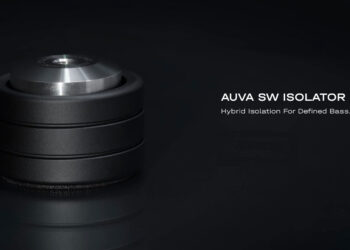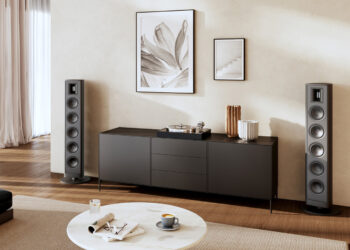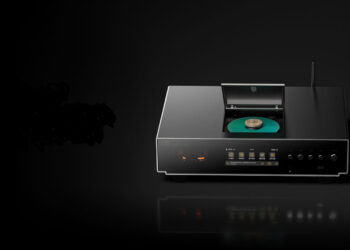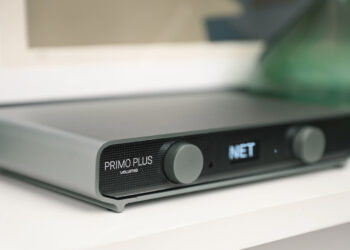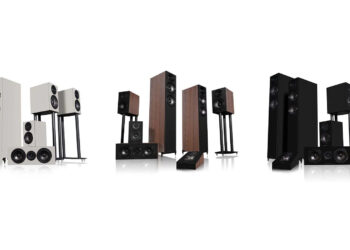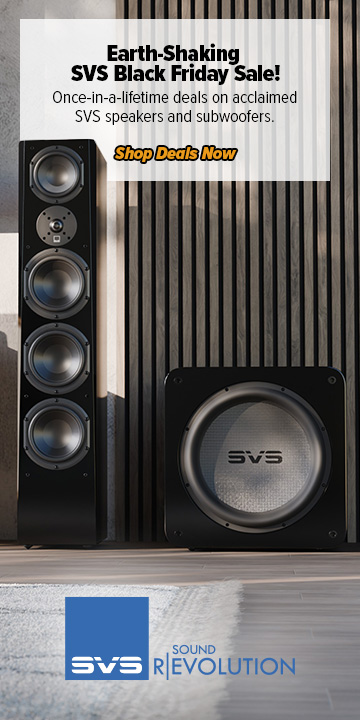So much of the pleasure of motorcycling is auditory: the intake growl of a GSX-R, the thump and rumble of a Big Twin, even the quiet whir of an electric motorcycle, where the loudest noise is the sound of the chain moving around its sprockets. When Motorcyclist commissioned Grado Labs to build a custom pair of headphones out of Harley-Davidson Street 750 pistons, we hoped the collaboration would highlight the association between high-fidelity audio (the hardware of sound) and motorcycles (the sound of hardware).
“All we are concerned about is the sound,” says president and CEO John Grado, who released the original headphone line in 1990. “We’ve built a reputation around what is known as ‘the Grado sound.’”
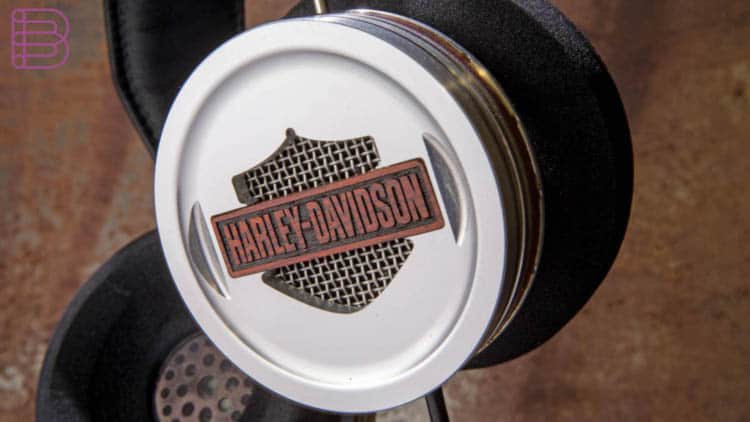
To the uninitiated, Grado headphones, which often use handmade wooden enclosures, look decidedly old-school. And in certain ways, they are. Though the headphones have a low enough impedance (32 ohms) to be driven by an iPhone or iPod, they really demand to be powered by a headphone amp, or home receiver. That means you’ll be less likely to use them at the airport or on the subway. But that’s as it should be. These ’phones are for sitting down, closing your eyes, and simply listening. Like shutting out life’s distractions with the flip of a dark visor, putting on a pair of high-end headphones tunes out the world beyond the music.
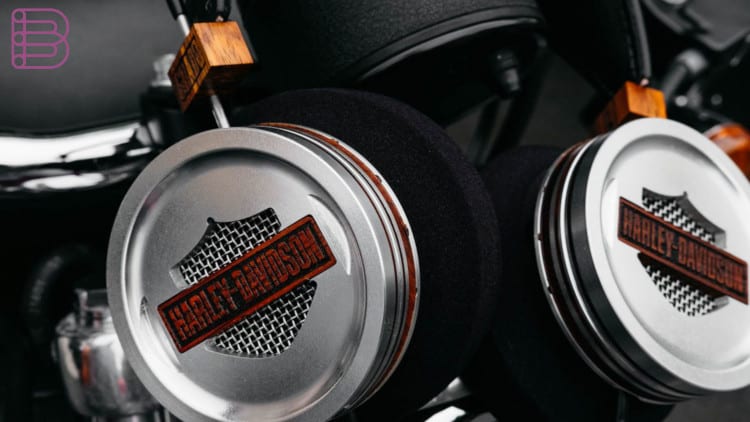
The Grado headphones offer a tactile pleasure tantamount to the most beautiful motorcycle part. Lifting the headphones by their piston enclosures and leather headband is a reminder of the relationship between the moto and the audio worlds. Each housing weighs 8.5 ounces, a mass that Grado says helps shield the driver from outside resonances. The heft of the headphones is pleasing in the hand but sufficiently lightweight when worn.
For Grado, the biggest challenge of turning pistons into a pair of headphones was figuring out how to properly vent air to enable the driver to move freely. Rather than milling out a simple circle from the center of the piston, Grado removed a bar and shield-shaped vent, then added an internal vented cocobolo structure to surround the 50 mm dynamic transducers derived from its GS2000e headphones. Since airflow is the name of the game, Grado—as is its typical practice—used large foam earpieces to prevent a seal around the ear. In place of piston rings, there are beautiful cocobolo inlays.




